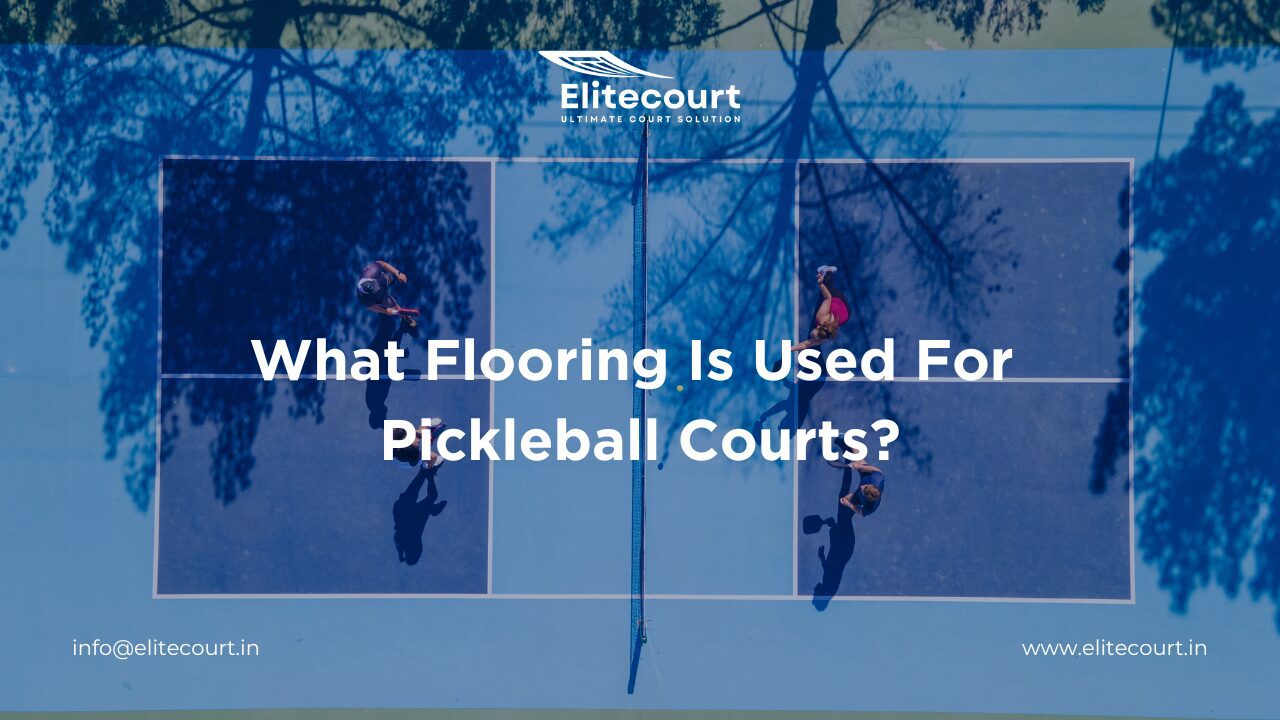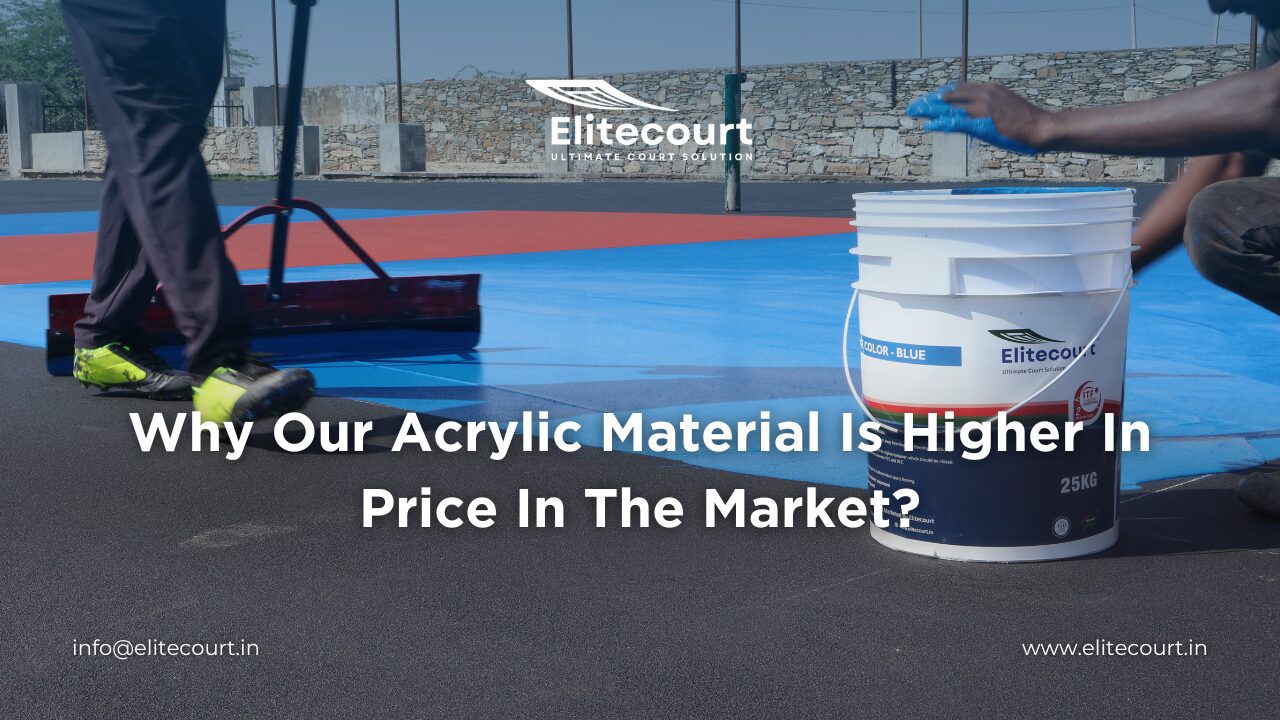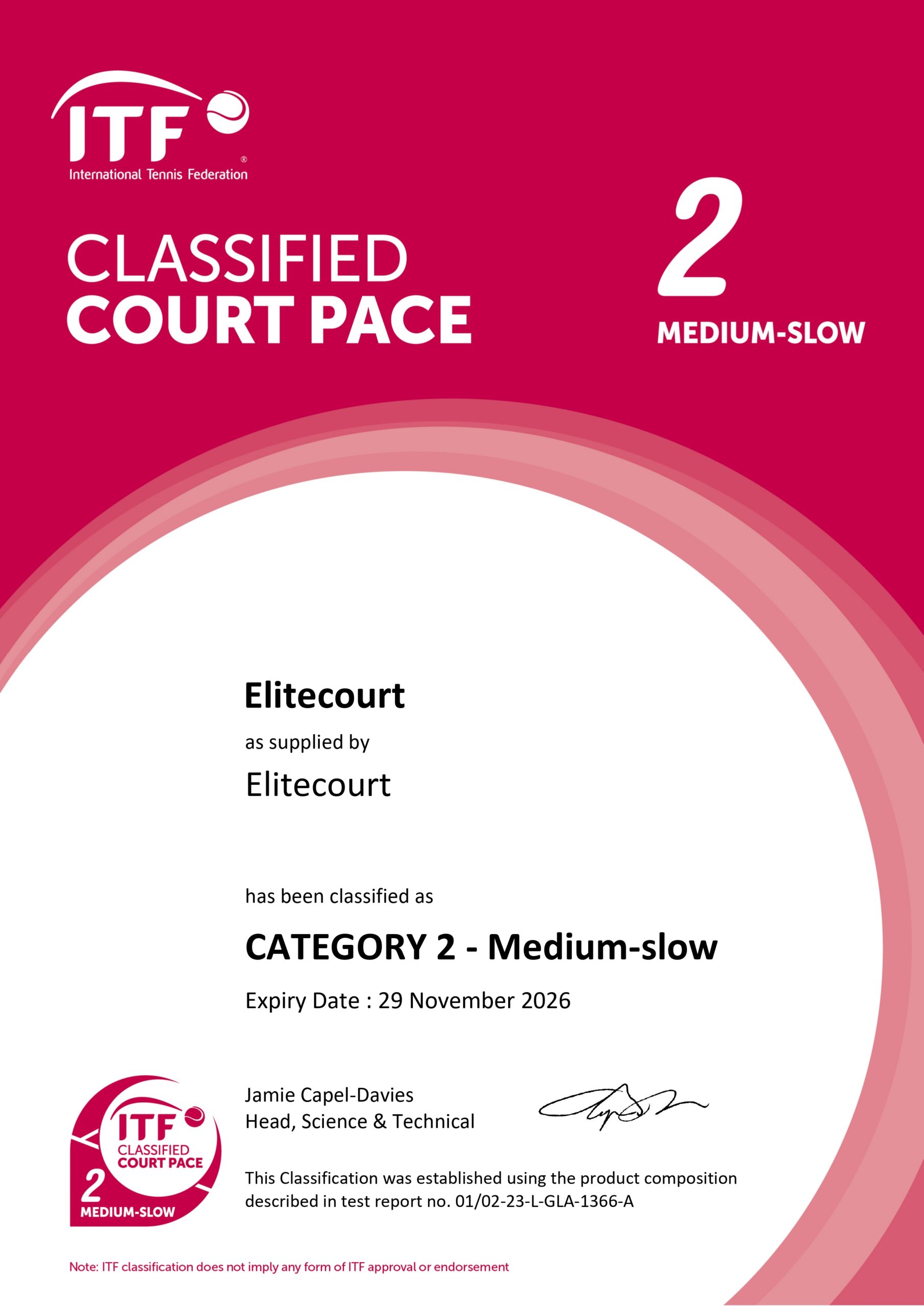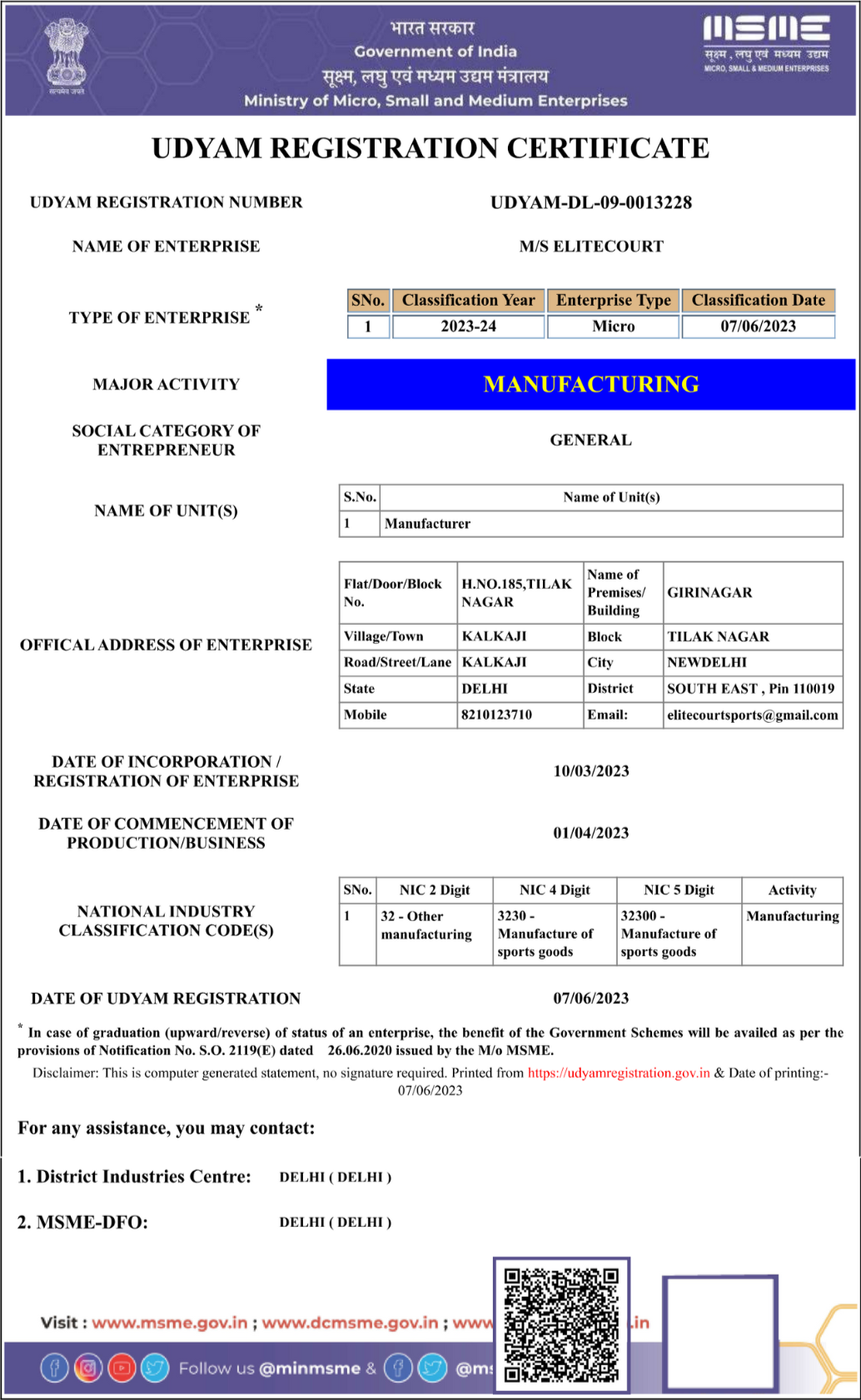Game-Changing Advancements: Exploring the Benefits of Synthetic Basketball Court Flooring
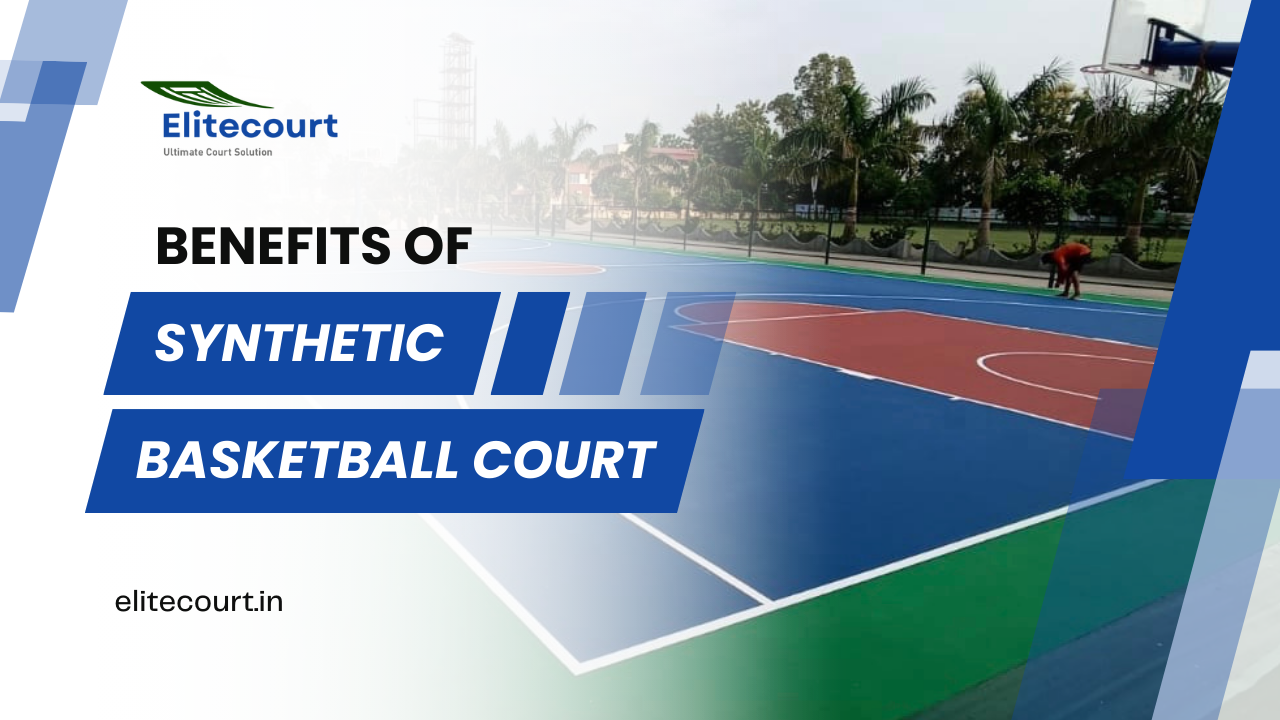
Table of Contents
Introduction
When it comes to basketball, having the right playing surface can make all the difference in improving player performance and ensuring a safe and enjoyable game. That’s where synthetic basketball court flooring comes in. This game-changing advancement in sports flooring offers a wide range of benefits that are revolutionizing the way basketball is played.
One of the key advantages of synthetic basketball court flooring is its durability. Unlike traditional hardwood floors, synthetic surfaces are designed to withstand heavy foot traffic, impact, and even the elements. This means they can last much longer, reducing maintenance costs and downtime for repairs.
In addition to durability, synthetic basketball court flooring also enhances player safety. With its shock-absorbing properties, players experience reduced impact on their joints, minimizing the risk of injuries. The smooth surface also allows for better traction, preventing slips and falls during intense gameplay.
Moreover, synthetic flooring offers versatility in design and customization options. From vibrant colors to logo and court line customization, teams and venues can create a unique and visually appealing playing environment.
As the game of basketball continues to evolve, synthetic basketball court flooring is undoubtedly a game-changer. Its durability, safety features, and customizability are just a few of the reasons why more teams and venues are opting for this innovative playing surface.
Advantages of synthetic basketball court flooring
When it comes to basketball, having the right playing surface can make all the difference in improving player performance and ensuring a safe and enjoyable game. That’s where synthetic basketball court flooring comes in. This game-changing advancement in sports flooring offers a wide range of benefits that are revolutionizing the way basketball is played.
Transform Your Sports Facility Today!
Contact us for high-quality synthetic sports flooring material and elevate your space!
Durability and longevity of synthetic basketball court flooring
Durability and Longevity
One of the key advantages of synthetic basketball court flooring is its durability. Unlike traditional hardwood floors, synthetic surfaces are designed to withstand heavy foot traffic, impact, and even the elements. This means they can last much longer, reducing maintenance costs and downtime for repairs. Synthetic flooring is made from durable materials such as PVC or polypropylene, which are resistant to wear and tear.
In addition, synthetic basketball court flooring is also highly resistant to moisture and temperature variations. This makes it suitable for both indoor and outdoor use, eliminating the need for separate courts and allowing for year-round play. The durability and longevity of synthetic flooring make it a cost-effective investment for schools, sports complexes, and professional arenas.
Performance Benefits
Apart from durability, synthetic basketball court flooring offers significant performance benefits for players. The shock-absorbing properties of the surface help reduce the impact on the joints, minimizing the risk of injuries. This is particularly beneficial for high-intensity movements such as jumping and quick direction changes.
The smooth surface of synthetic flooring also allows for better traction, enhancing player agility and preventing slips and falls during intense gameplay. The consistent surface texture ensures that players can execute their moves with confidence, leading to improved performance and a more enjoyable playing experience.
Maintenance Requirements
When it comes to maintenance, synthetic basketball court flooring is relatively easy to care for compared to traditional hardwood floors. Unlike hardwood, synthetic surfaces do not require regular sanding, refinishing, or waxing. A simple routine of regular sweeping and occasional mopping is usually sufficient to keep the surface clean and in good condition.
Additionally, synthetic flooring is resistant to stains and scratches, making it less susceptible to damage caused by spills or equipment. This further reduces maintenance efforts and costs associated with repairs. The low maintenance requirements of synthetic basketball court flooring make it a practical choice for facilities with high usage.
Transform Your Sports Facility Today!
Contact us for high-quality synthetic sports flooring material and elevate your space!
Performance benefits of synthetic basketball court flooring
While the upfront cost of installing synthetic basketball court flooring may be higher than traditional hardwood, the long-term cost benefits outweigh the initial investment. As mentioned earlier, the durability and longevity of synthetic flooring mean reduced maintenance and repair costs over time. The absence of refinishing and resurfacing requirements also saves on labor and materials.
Furthermore, synthetic flooring is less prone to warping, cupping, and other issues commonly associated with hardwood floors. This ensures a consistently level playing surface and eliminates the need for regular adjustments. The cost savings and reduced downtime for maintenance make synthetic basketball court flooring a wise financial decision in the long run.
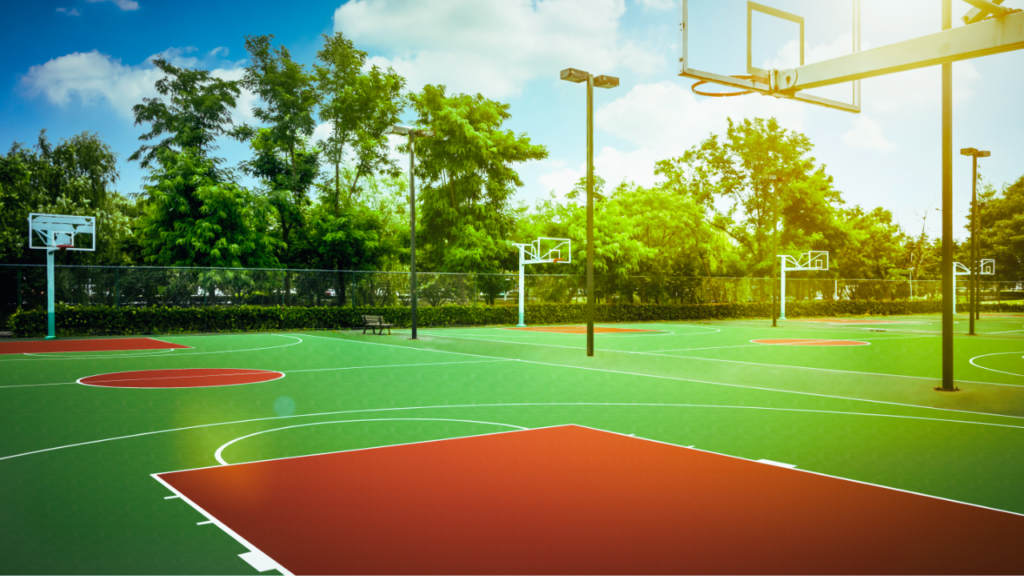
Maintenance requirements for synthetic basketball court flooring
In addition to the performance and cost advantages, synthetic basketball court flooring also offers environmental benefits. Unlike hardwood flooring, which requires cutting down trees, synthetic materials are manufactured using recycled materials and can be recycled at the end of their lifespan. This helps reduce the demand for natural resources and minimizes the carbon footprint associated with sports flooring.
Moreover, synthetic flooring does not release harmful chemicals or volatile organic compounds (VOCs) into the air, ensuring a healthier indoor environment. This is particularly important for indoor sports facilities where air quality is crucial for the well-being of players and spectators. Choosing synthetic basketball court flooring demonstrates a commitment to sustainability and responsible resource management.
Transform Your Sports Facility Today!
Contact us for high-quality synthetic sports flooring material and elevate your space!
Cost considerations of synthetic basketball court flooring
While traditional hardwood flooring has its own charm and history in basketball, synthetic basketball court flooring offers distinct advantages that cannot be overlooked. Synthetic flooring’s durability, performance benefits, low maintenance requirements, and cost considerations make it a compelling alternative to hardwood.
Synthetic flooring provides a consistent playing surface without the flaws and imperfections often found in hardwood. It offers better shock absorption, improved traction, and customizable design options that allow teams and venues to create a unique and visually appealing playing environment. The ability to install synthetic flooring both indoors and outdoors adds flexibility and convenience for venues.
Environmental benefits of synthetic basketball court flooring
The installation process of synthetic basketball court flooring involves several crucial considerations. First, the subfloor must be properly prepared to ensure a level and stable base for the synthetic surface. This may involve cleaning, repairing any existing damage, and applying a suitable underlayment.
Next, the synthetic flooring panels or tiles are carefully installed, following the manufacturer’s instructions. It is important to pay attention to proper alignment, seam connections, and adhesive application for a seamless and secure fit. A professional installation team with experience in synthetic flooring is recommended to ensure a high-quality installation.
Other considerations include proper ventilation, moisture barriers, and temperature controls, depending on the specific requirements of the synthetic material. It is essential to consult with experts and follow industry standards to ensure the longevity and performance of the synthetic basketball court flooring.
Comparing synthetic basketball court flooring to traditional hardwood flooring
As the game of basketball continues to evolve, synthetic basketball court flooring is undoubtedly a game-changer. Its durability, safety features, customizability, and environmental benefits are just a few of the reasons why more teams and venues are opting for this innovative playing surface. Synthetic flooring offers a superior alternative to traditional hardwood, providing a safe, high-performance, and visually appealing solution for basketball courts.
With its ability to withstand heavy usage, reduce injuries, and enhance player performance, synthetic basketball court flooring is shaping the future of basketball. As technology and materials continue to advance, we can expect even more exciting developments in sports flooring, further elevating the game and the overall playing experience for athletes and fans alike.
Installation process and considerations for synthetic basketball court flooring
Traditional hardwood flooring has long been the go-to choice for basketball courts. However, synthetic basketball court flooring has quickly gained popularity due to its numerous advantages. One of the key differences between the two is durability. While traditional hardwood floors require regular maintenance and can be easily damaged, synthetic surfaces are designed to withstand heavy foot traffic, impact, and even the elements.
The durability of synthetic basketball court flooring means that it can last much longer, reducing maintenance costs and downtime for repairs. This is particularly beneficial for venues that host multiple events or teams that have rigorous training schedules. With synthetic flooring, there is no need to worry about constant refinishing or replacing damaged sections.
Additionally, synthetic basketball court flooring offers enhanced player safety. The shock-absorbing properties of these surfaces reduce the impact on players’ joints, minimizing the risk of injuries. This is especially important for high-intensity sports like basketball, where athletes are constantly jumping and landing. The smooth surface of synthetic flooring also allows for better traction, preventing slips and falls during intense gameplay.
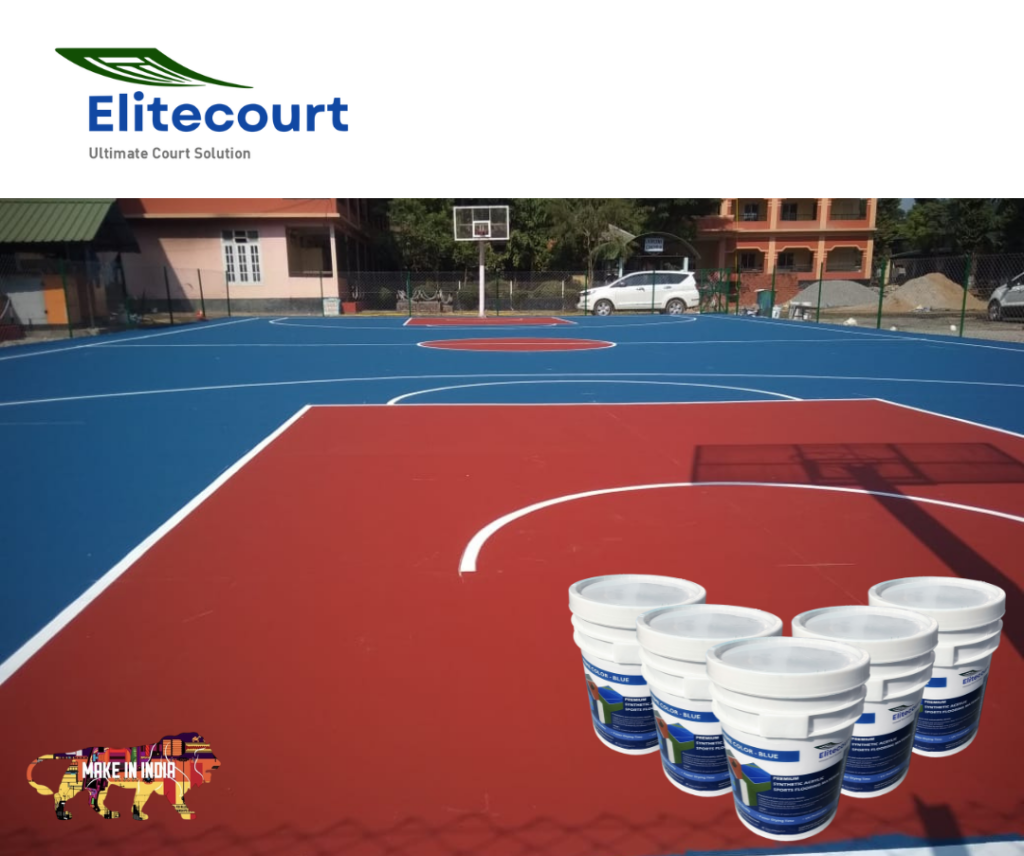
Transform Your Sports Facility Today!
Contact us for high-quality synthetic sports flooring material and elevate your space!
Conclusion: The future of basketball court flooring
Installing synthetic basketball court flooring requires careful planning and consideration. The first step is to choose the right type of synthetic flooring for your specific needs. There are different options available, including rubber-based systems, modular tiles, and poured-in-place surfaces. Each type has its own advantages and considerations, such as cost, maintenance, and installation time.
Once the type of synthetic flooring is chosen, proper site preparation is crucial. The subfloor needs to be inspected and prepared to ensure a level and stable surface. This may involve repairing any existing cracks or uneven areas. Depending on the specific type of synthetic flooring, additional steps may include laying down a moisture barrier or using adhesives to secure the flooring in place.
During the installation process, it is essential to follow the manufacturer’s guidelines and work with experienced professionals who specialize in synthetic sports flooring. This ensures that the flooring is installed correctly, maximizing its durability and performance. Regular maintenance and cleaning are also important to keep the synthetic flooring in top condition and extend its lifespan.
FAQs
What makes synthetic basketball court flooring a game-changer?
Synthetic basketball court flooring revolutionizes the game due to its durability, shock absorption, and consistent playing surface. Unlike traditional wood flooring, synthetic options offer enhanced resilience against wear and tear, weather conditions, and require minimal maintenance.
What are the primary benefits of using synthetic flooring for basketball courts?
Synthetic flooring offers numerous benefits, including increased player safety through its shock-absorbing properties, consistent ball bounce, lower maintenance costs, and adaptability to various climates. Additionally, it often incorporates eco-friendly materials, contributing to sustainability efforts.
How does synthetic flooring impact player performance?
Synthetic flooring’s shock-absorbing capabilities reduce the impact on players’ joints, minimizing fatigue and the risk of injuries. Its consistent surface allows for predictable ball bounce and player movements, enabling improved performance and skill development.
Is synthetic flooring suitable for indoor and outdoor basketball courts?
Yes, synthetic flooring is versatile and suitable for both indoor and outdoor basketball courts. Its weather-resistant properties make it ideal for outdoor use, while its customizable features cater to indoor court specifications, offering a seamless transition between the two settings.
What maintenance is required for synthetic basketball court flooring?
Synthetic flooring requires minimal maintenance compared to traditional wood flooring. Regular cleaning with mild detergents and occasional sweeping or vacuuming suffice to keep the surface clean. Additionally, occasional inspections ensure its longevity and performance.
How does the cost of synthetic basketball court flooring compare to traditional options?
While the initial cost of synthetic flooring may be higher, it often proves more cost-effective in the long run due to reduced maintenance expenses and increased durability. Its longer lifespan and lower upkeep requirements can outweigh the initial investment, making it a financially viable choice.


